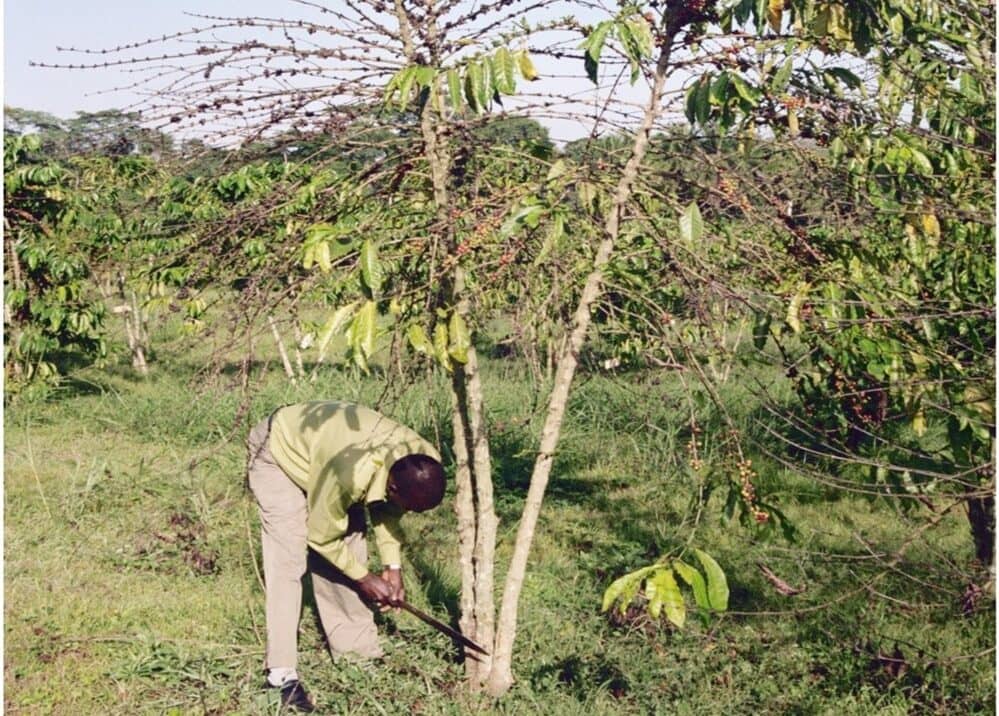[[{“value”:”

Researchers are one step closer to understanding the genetic mechanisms behind wilt disease and how it affects Arabic and Robusta varieties.
Scientists, including those from Imperial College London, University of Oxford, and CABI, say the fungal pathogen Fusarium xylarioides continues to pose a significant threat to coffee production and incomes across sub-Saharan Africa.
Their work supports earlier findings that F. xylarioides is made up of different populations that are specific to certain hosts.
Coffee is a primary source of income for more than 12 million households in Africa and contributes a significant proportion of tax revenue in a number of these countries, with Ethiopia, for example, recording an export value of US$762.8 million annually.
However, repeated outbreaks of coffee wilt disease have continued to decimate coffee production in east and central Africa since the 1920s, affecting yields and farmer incomes.
As part of this study, the scientists compared the genomes of 13 historical strains of F. xylarioides spanning six decades from CABI’s Culture Collection, to identify the evolutionary process behind these repeated outbreaks of coffee wilt disease.
Dr Lily Peck of Imperial College London says to improve the disease management of fungal pathogens such as F. xylarioides, it is crucial to understand their genetic structure and evolutionary potential.
“We found that F. xylarioides comprised at least four distinct lineages: one host-specific to Arabica, one to Robusta, and two historic lineages isolated from various coffee species,” she says.
“The presence/absence of large genomic regions across these lineages showed that horizontal transfers of effector genes, namely genes that are important in establishing successful infection, contributed to establishing host specificity.”
Dr Peck also mentioned that multiple transfers into F. xylarioides populations matched different sections of the Fusarium oxysporum pathogenicity chromosome, which were rich in genes that affect plant cells and DNA sequences that can move within the genome.
These mobile DNA sequences, called “jumping genes”, are found in a wide range of organisms, including bacteria, yeasts, humans, mice, fruit flies, and frogs.
The researchers add that genetic material has been passed between F. xylarioides and F. oxysporum, potentially contributing to their ability to adapt or become more pathogenic.
Dr Matthew Ryan, Senior Research Lead, Biological Resources at CABI and a co-author of the paper, co-supervised lead author of the research, says the transferring of genetic material between two different species of Fusarium contributed to the repeated emergence of coffee wilt disease and is a key mechanism to understand what is happening more widely in fungi.
The post New study reveals genetic mechanisms behind wilt disease appeared first on Global Coffee Report.
“}]]


